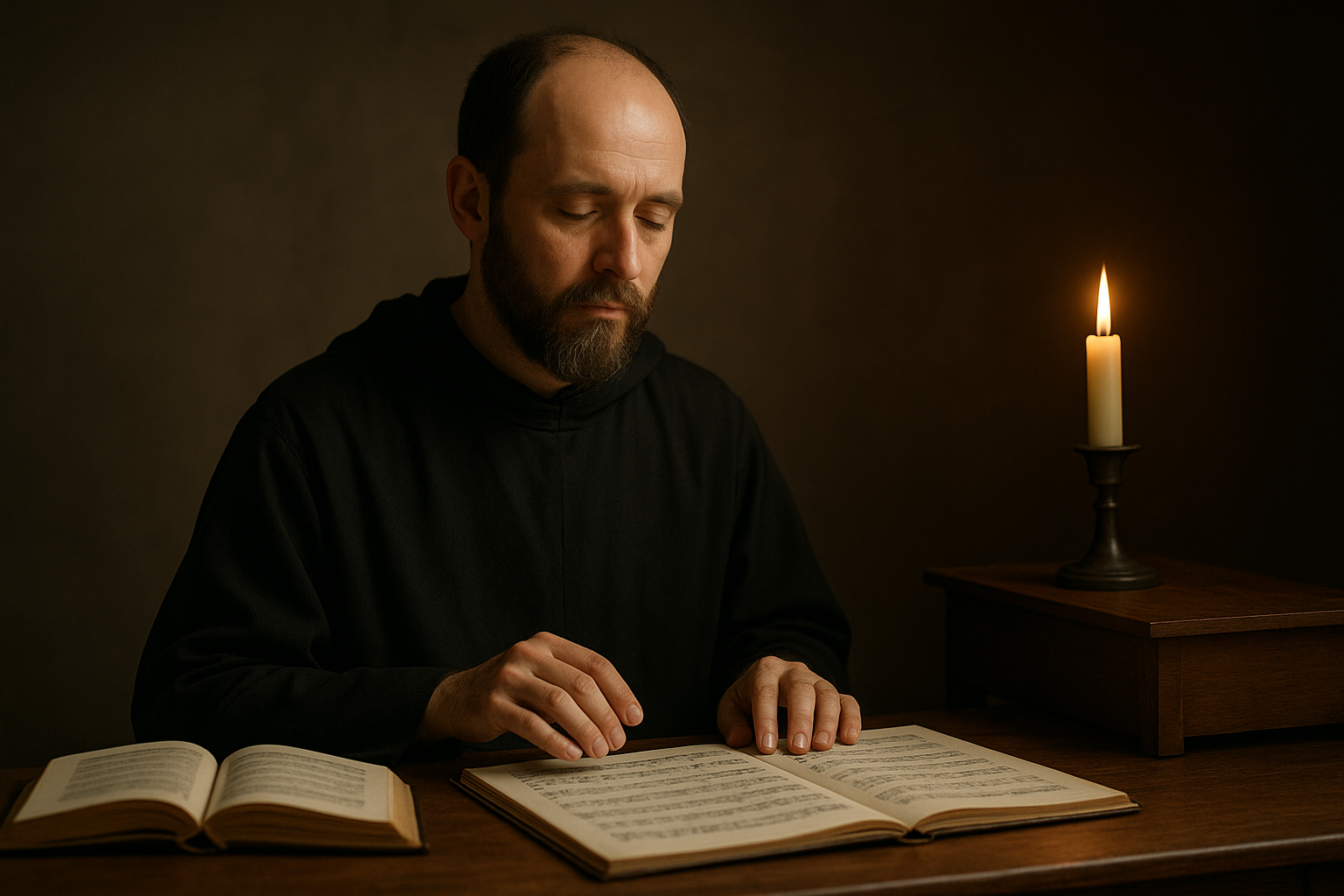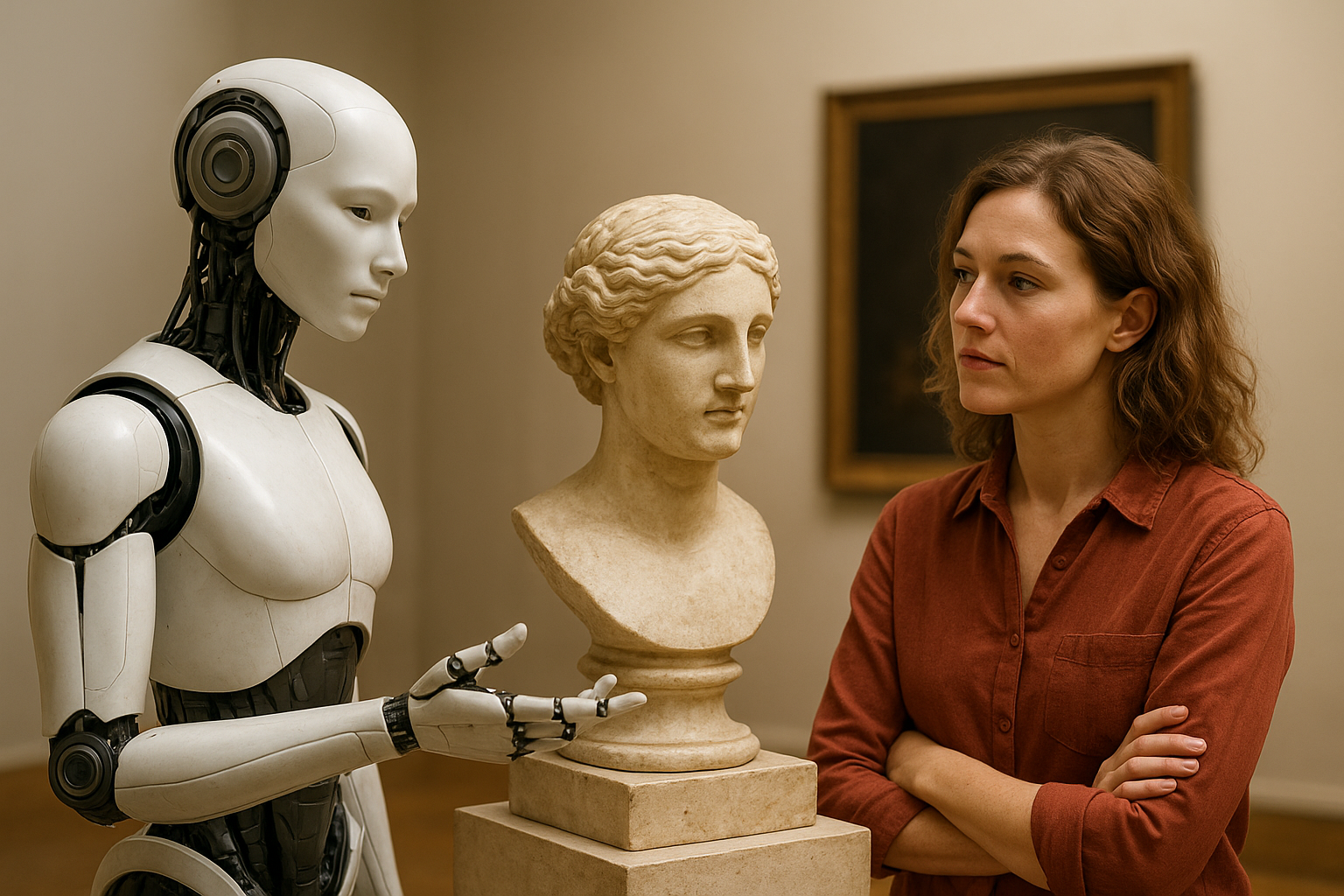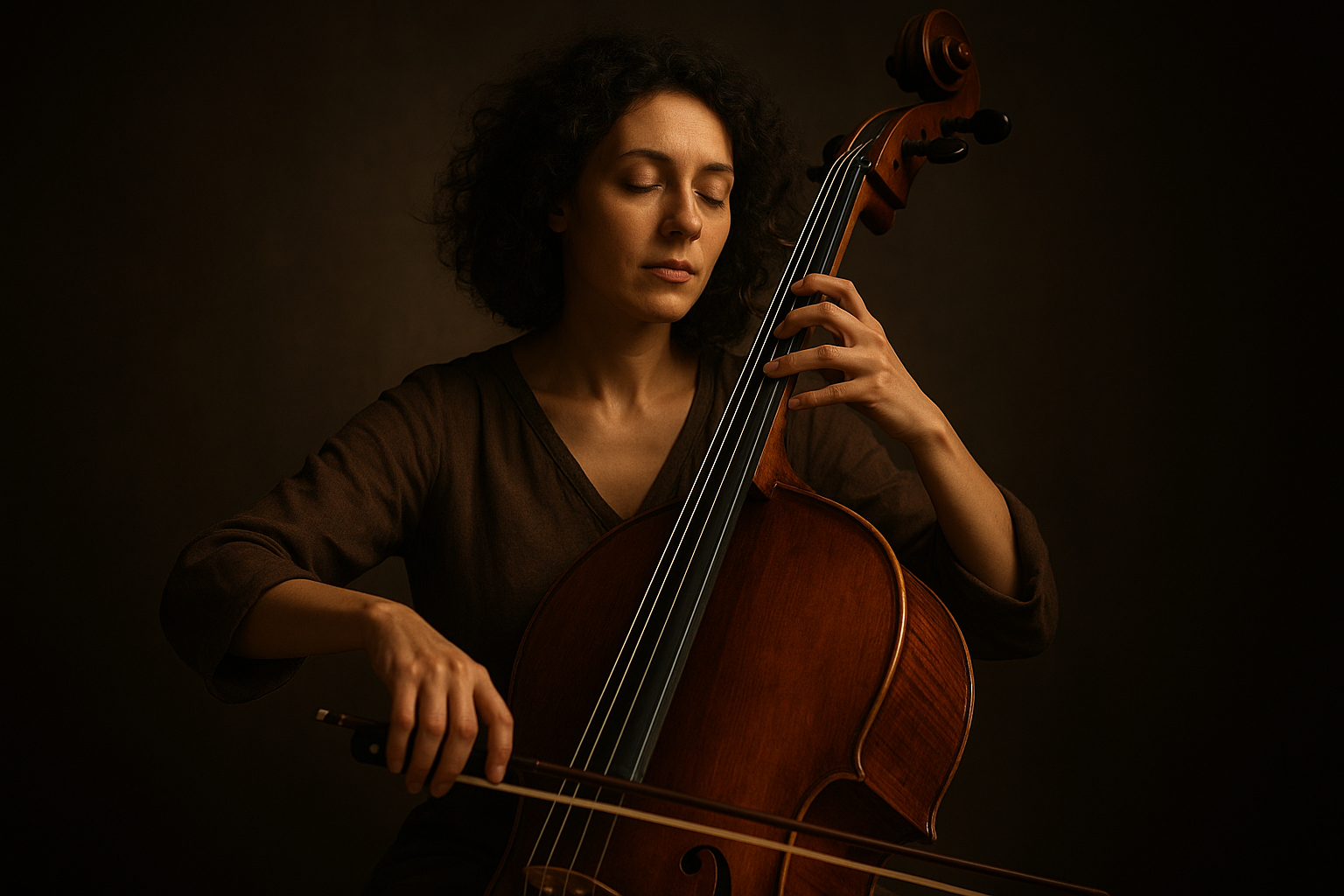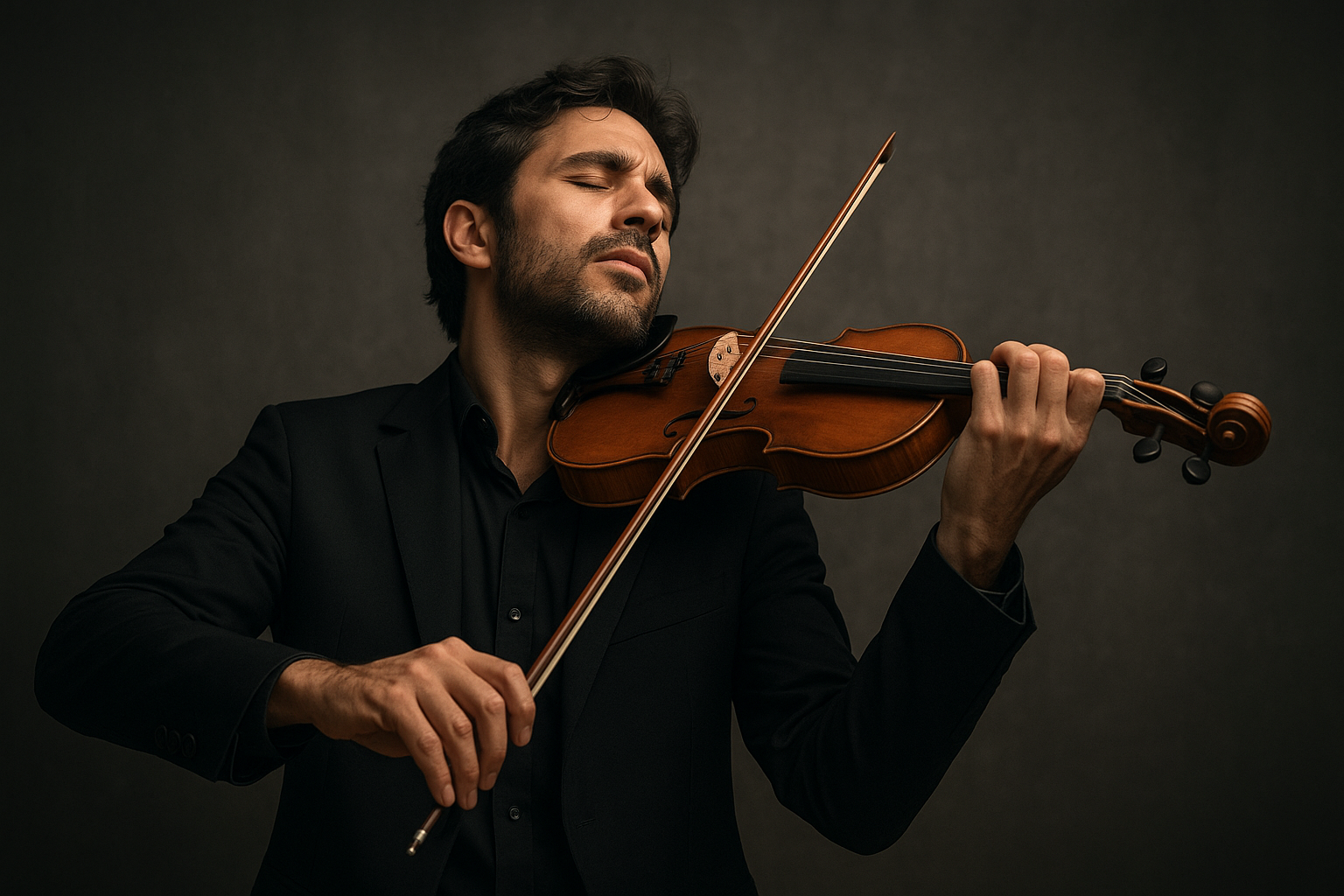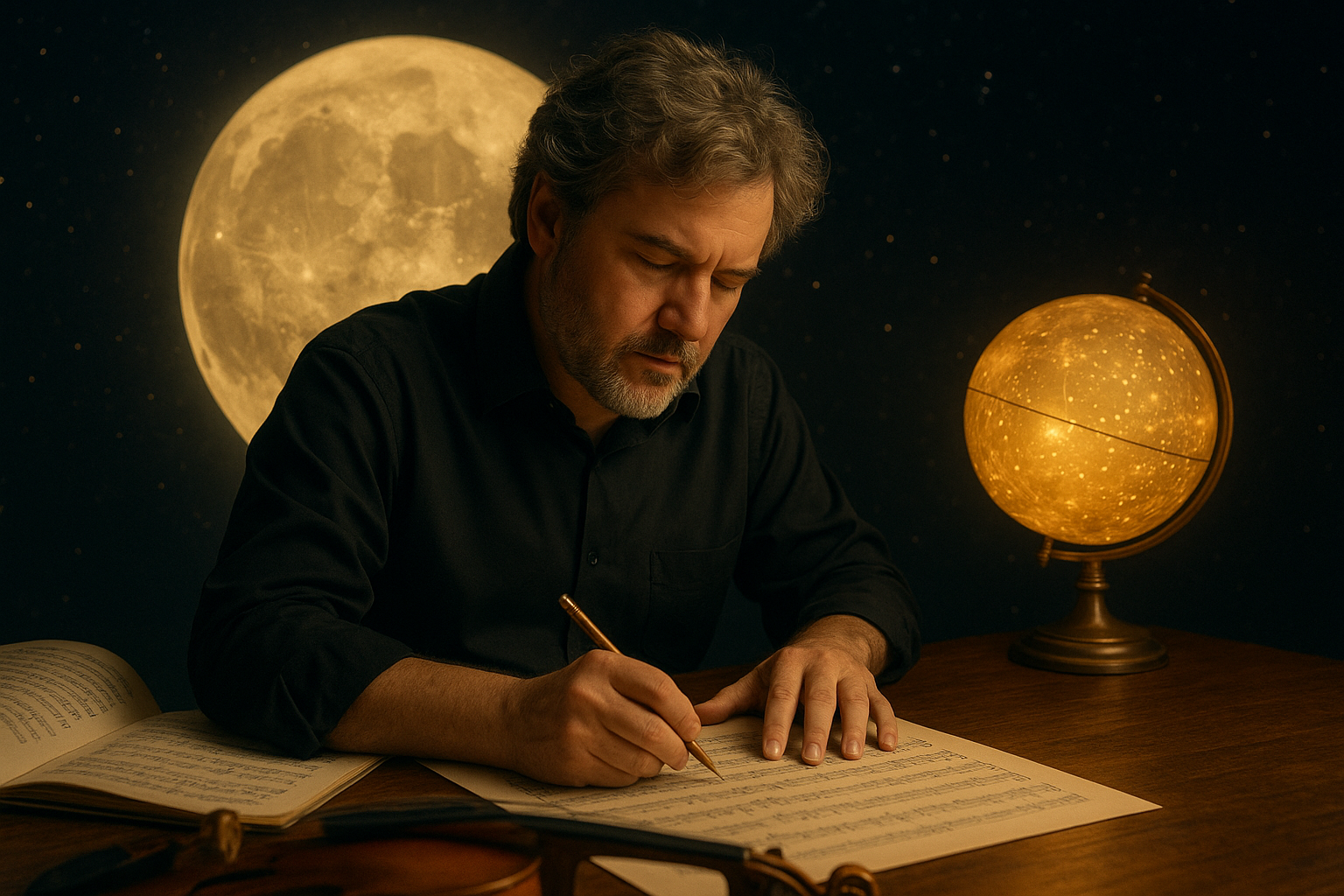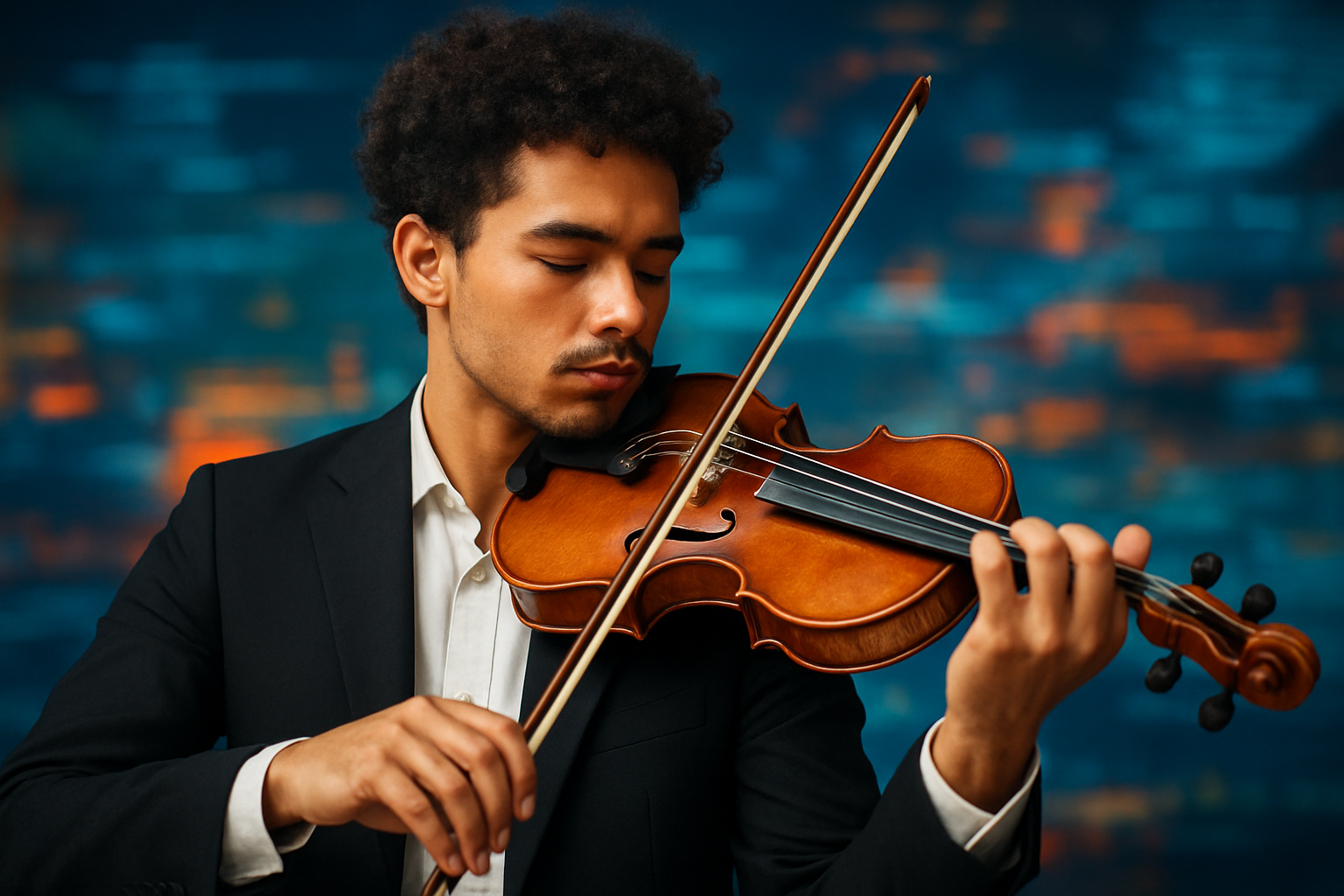In a world characterized by the tangible and the explicit, the notion of “composing the invisible” resonates with an almost mystical allure. This concept embraces the uncharted territories of intuition and non-conceptual creativity, aspects often overshadowed by the quantifiable benchmarks that dominate creative discourses today. Yet, intuition and non-conceptual creativity are pivotal to the artistic process, offering a conduit for innovation that breathes life into the previously unseen and unheard.
The Enigma of Intuition
Intuition is commonly understood as the ability to understand something instinctively, without the need for conscious reasoning. Albert Einstein famously stated, “The only real valuable thing is intuition” (Einstein’s Quotes on Intuition). But how does this nebulous force drive creativity?
Intuition acts as a bridge between the conscious and unconscious mind. It draws on a vast reservoir of subliminal knowledge to offer unexpected insights and innovative solutions. By bypassing the limitations of the rational mind, intuition allows artists and creators to perceive possibilities that defy linear logic. In the creative landscape, intuition is akin to a sixth sense, alerting the creator to the subtle cues and hidden patterns that exist within the chaos of raw ideas.
Non-Conceptual Creativity – Beyond the Obvious
Non-conceptual creativity thrives where logical rules and predefined concepts fall short. It is the realm where ideas are not constrained by conventional mental frameworks. This form of creativity is the essence of radical innovation. As philosopher Immanuel Kant observed in his Critique of Pure Reason, “Intuition is not a concept: it does not represent anything; it simply gives something” (Stanford Encyclopedia of Philosophy).
Non-conceptual creativity can be likened to a journey without a map, where the journey itself becomes the goal. It invites creators to trust the process over the outcome, and in doing so, they often stumble upon creative breakthroughs that were invisible to their rational predecessors. Unlike its more structured counterpart, non-conceptual creativity is spontaneous and fluid, often characterized by serendipitous discoveries.
“You can’t use up creativity. The more you use, the more you have.” – Maya Angelou
The Interplay Between Intuition and Non-Conceptual Creativity
- Intuition as a Guide: Intuition informs non-conceptual creativity by acting as an inner compass. This enables creators to navigate the ambiguous and often chaotic realms of unstructured idea generation.
- Fearless Exploration: Non-conceptual creativity demands a willingness to explore the unknown, unhindered by the fear of failure. This boldness is rooted in the trust that intuition will guide the creative journey.
- Emergence of Authenticity: Together, intuition and non-conceptual creativity empower artists to tap into their authentic selves, thus producing work that resonates on a deeply personal and universal level.
Real-World Applications
The synergy between intuition and non-conceptual creativity extends far beyond the traditional arts, finding relevance in technology, business, and personal growth. In technology, intuition steers non-conceptual creativity to innovate groundbreaking technologies, like Steve Jobs’ pursuit of intuitive user interfaces or Elon Musk’s visionary projects in space exploration.
Cultivating Intuition and Non-Conceptual Creativity
Can intuition and non-conceptual creativity be nurtured? The answer is a resounding yes. Here are several ways to cultivate these invisible forces:
- Meditation and Mindfulness: Quiet the mind to enhance awareness and receptivity to intuitive insights.
- Embrace Play: Allow the mind to wander and invent without limitations, tapping into the purity of child-like creativity.
- Reflective Journaling: Unstructured journaling provides a platform to process subconscious thoughts and ideas.
- Engage with Nature: Nature’s boundless creativity inspires human ingenuity and intuitive understanding.
These strategies encourage a free-flowing exchange between the conscious and unconscious mind, making it easier to access intuition and nurture non-conceptual thinking.
The Future of Creativity
In a world increasingly driven by algorithms and data, the need for intuition and non-conceptual creativity is more essential than ever. These invisible forces hold the power to energize the creative endeavors that advance society emotionally, spiritually, and intellectually. As we continue to compose the invisible, may we honor and harness the magic of intuition and non-conceptual creativity, daring to glimpse the world not just as it is, but as it could be.
In conclusion, while the rational mind delineates boundaries and limits, intuition and non-conceptual creativity liberate us to explore the vistas of the imagination. They remind us that the most vital, transformative parts of creativity cannot be measured or grasped easily, yet they are ever-present, ready to be discovered by those who dare to listen to the whispers of the unseen.
“To invent, you need a good imagination and a pile of junk.” – Thomas Edison

